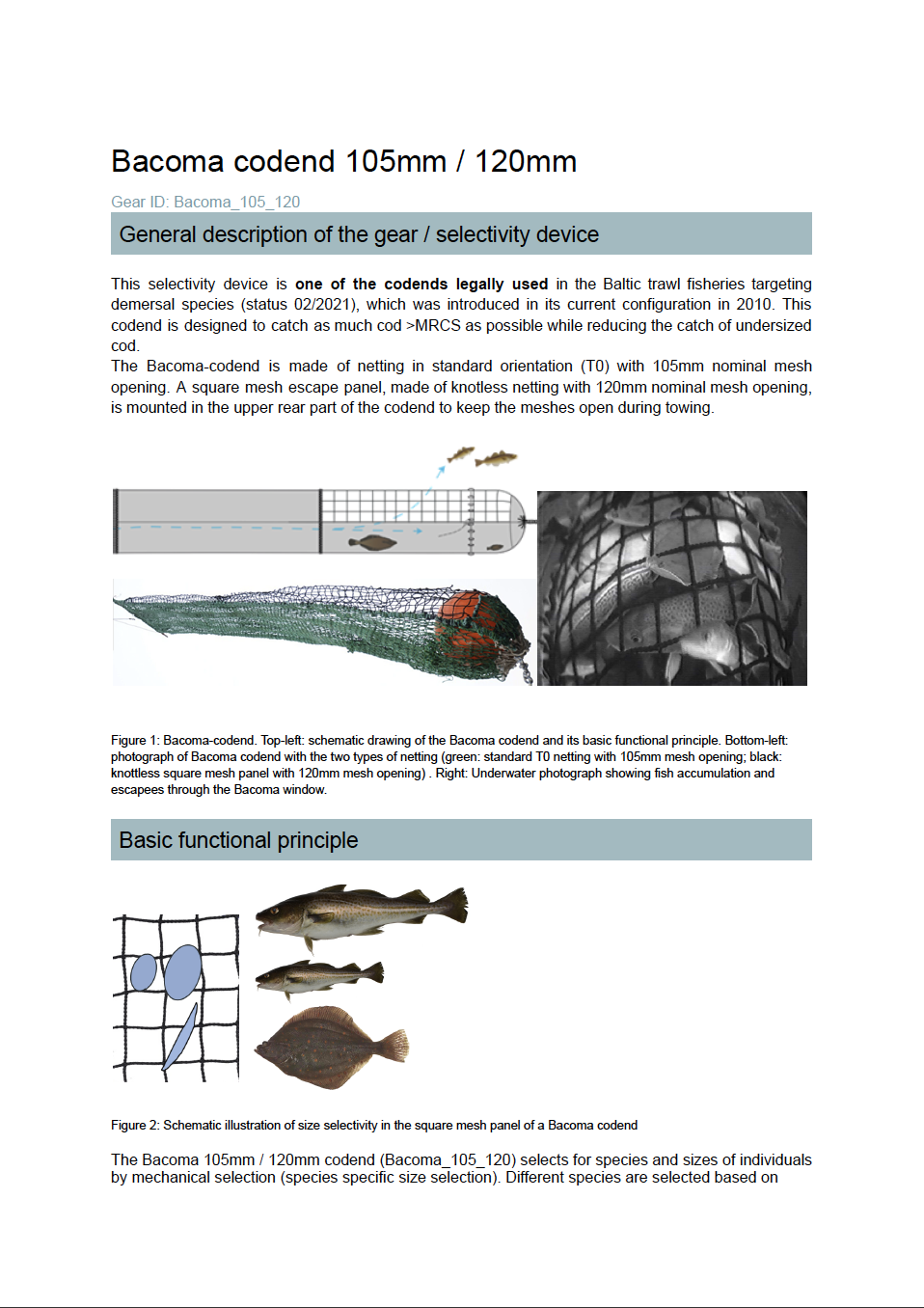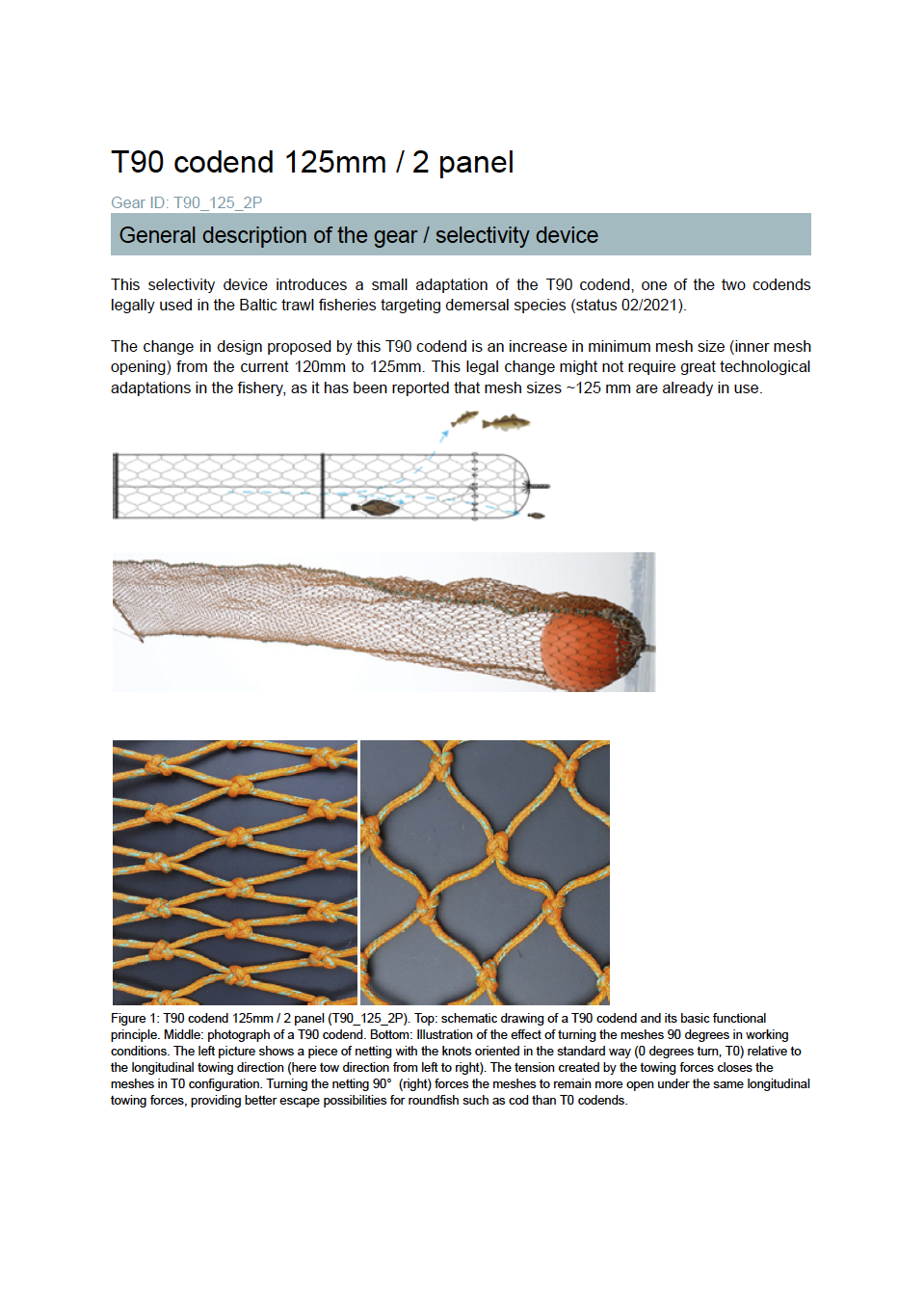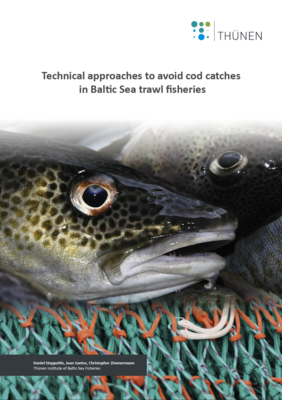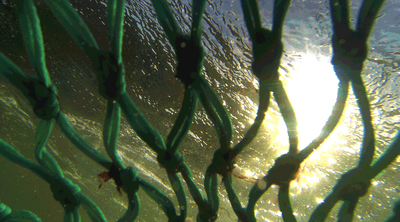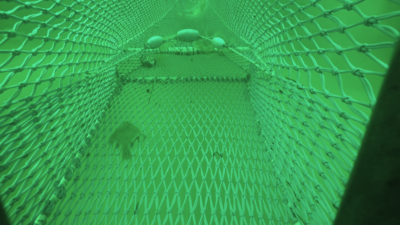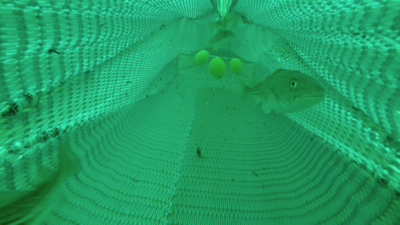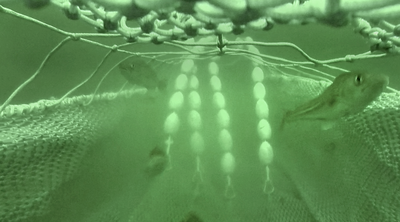A current focus is the improvement of trawl selection for several species at the same time (multispecies selection). For this we use the different behavior of the different fish species.
Until now, development has focused on improving selection for one species, for example cod in bottom trawl fishery in the Baltic Sea. This has made it almost impossible to catch other fish species such as flatfish, which are almost inevitably caught as well, more selectively and thus reduce unwanted bycatch of these species. Since the different species often have very different body shapes, "simply" changing the size of the meshes in the codend (the catch bag at the end of the net) usually does not achieve the desired goal. Innovative solutions for species separation are therefore required.
We can use the different behavior of fish - cod, for example, usually flee upwards, while flatfish usually flee downwards. The development of suitable means of escape, such as larger meshes in the front part of the net or species-specific escape grids, is therefore of great importance. However, the efficiency of these developments depends crucially on whether the unwanted fish and other species actually use these escape facilities. Behavioral observations, for which we use underwater cameras, can be used to study the behavior of fish in the net and the characteristics of the net during fishing, and can be used to improve net selection.
For example, it is not possible to install escape windows with large meshes in the codend (rear part of the trawl net) in the nephrops fishery in the North Sea to allow fish species such as cod and whiting to escape without also losing a large part of the catch of the smaller target species.
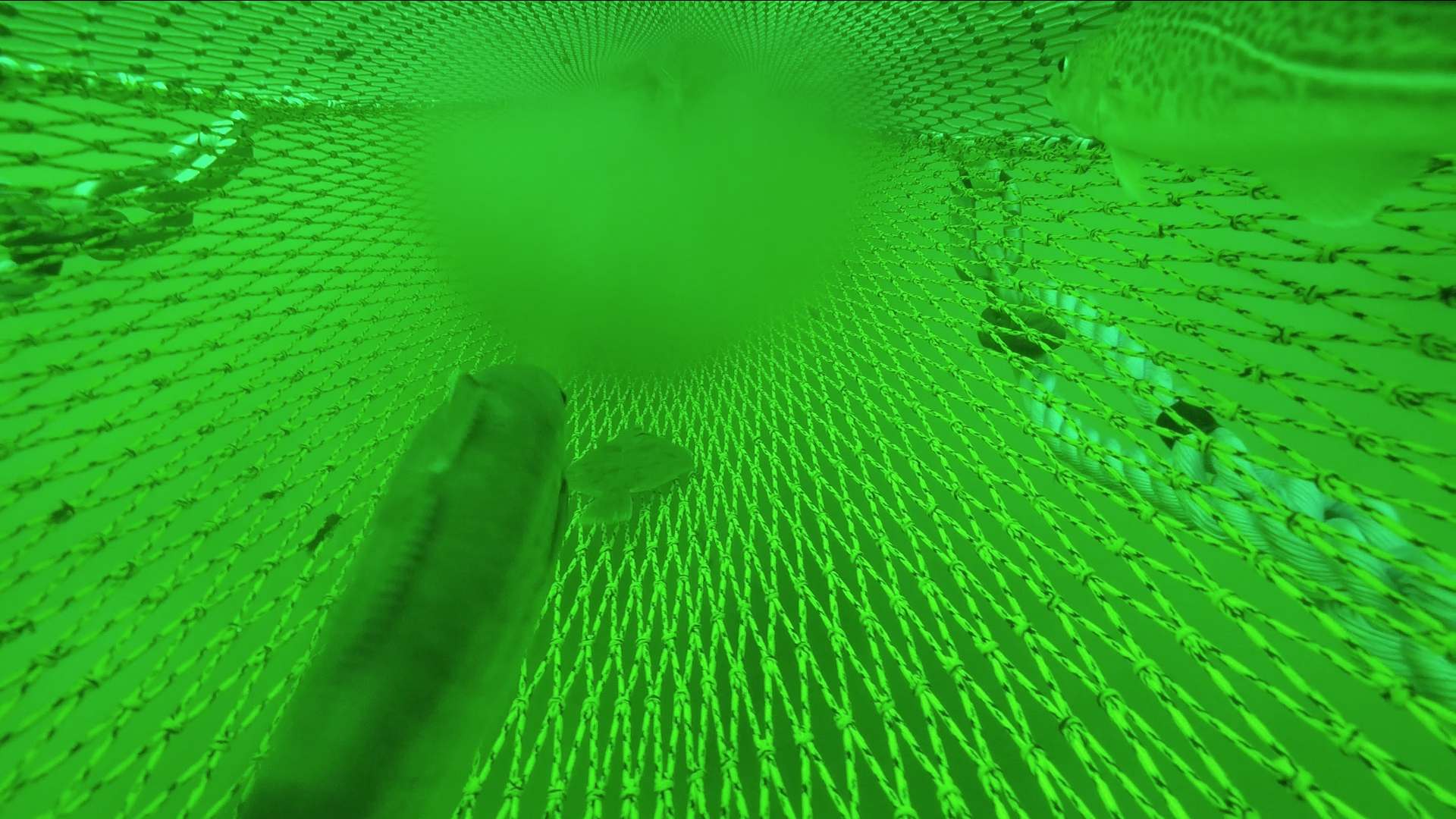
If one installs such an escape window in the front part of the net, no nephrops escape - but the window is also hardly used by the fish, as they tend to avoid the net even with large meshes in the escape window. The solution could be to stimulate the fish in the front of the trawl so that they use the offered escape possibilities. In the example, we have had very good success by mounting lines with floats near the escape windows that move in the current, irritating the fish in the net and thus directing them upward toward the escape windows. This significantly increases the probability of escape of the unwanted fish species.
Sometimes it's the little things that can have a big impact. And the smaller the fishing boats, the more urgently simple, robust, cost-effective and efficient solutions are needed.
CURRENT TOPIC: COD BYCATCH IN THE BALTIC SEA
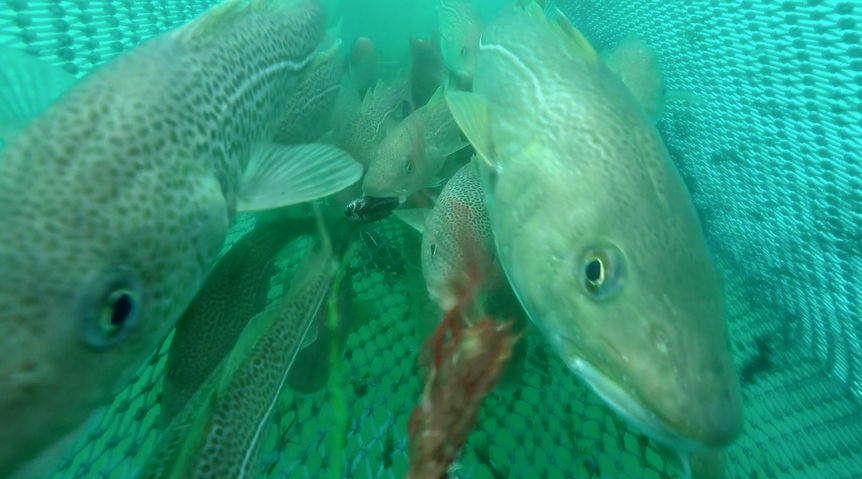
The poor state of the Baltic cod stocks urgently requires solutions to reduce cod bycatch in the bottom trawl fishery. Only then can flatfish fisheries continue without hindering the recovery of cod stocks. The Thünen Institute for Baltic Sea Fisheries has developed several technical solutions to achieve this goal.
Following scientific advice from ICES, fisheries management has closed direct fisheries for both Eastern Baltic cod and Western Baltic cod and set only a very low bycatch quota (TAC = Total Allowable Catch). However, this means that the fishery has to switch to other species - especially flatfish species such as plaice. However, since plaice and cod are bottom fish and are normally caught together, it is imperative to avoid catching cod in this fishery as much as possible - especially since the codends used so far (Bacoma 120 mm and T90 120 mm) are optimized for catching cod. In the following, different solutions will be presented that have been developed and tested at the Thünen Institute for Baltic Sea Fisheries in cooperation with DTU Aqua. For each of the different selection devices, a data sheet (factsheet) is also available as a download, containing general information about the net, the origin of the available data, the effect on the catch and net drawings.
Update
From April 9, 2025, new gears for the Baltic Sea will be mandatory. You can find the new EU regulation here: EU-VO 2024/3094
New net modifications to reduce unwanted cod bycatch
We have been working on various solutions to avoid cod bycatch in the Baltic trawl fishery since 2019. The aim is to reduce cod bycatch as much as possible while still catching flatfish.
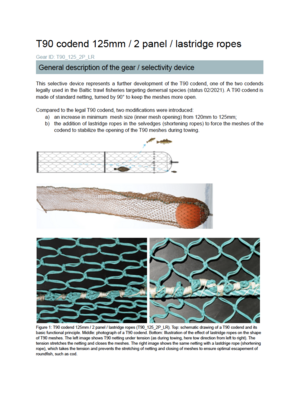
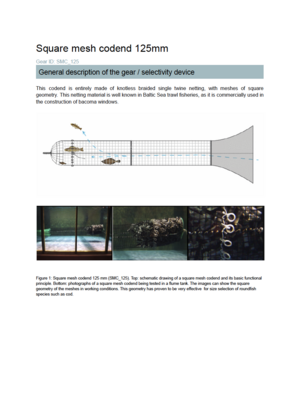
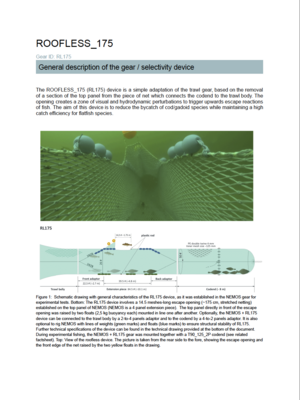
Contact
If you have any questions about the content of this page, please contact: Dr. Daniel Stepputtis.

![[Translate to English:] [Translate to English:]](/media/_processed_/d/7/csm_Startseite-OF_03_c0dfd6e750.png)
![[Translate to English:] [Translate to English:]](/media/_processed_/a/3/csm_20181116-151457-Stella-Jerome-Fischfalle-Warnem%C3%BCnde-Dorsche-im-Netzk%C3%A4fig-5691_heller_3050c72fa2.png)
